18 May 2022
Essex
Assimilation
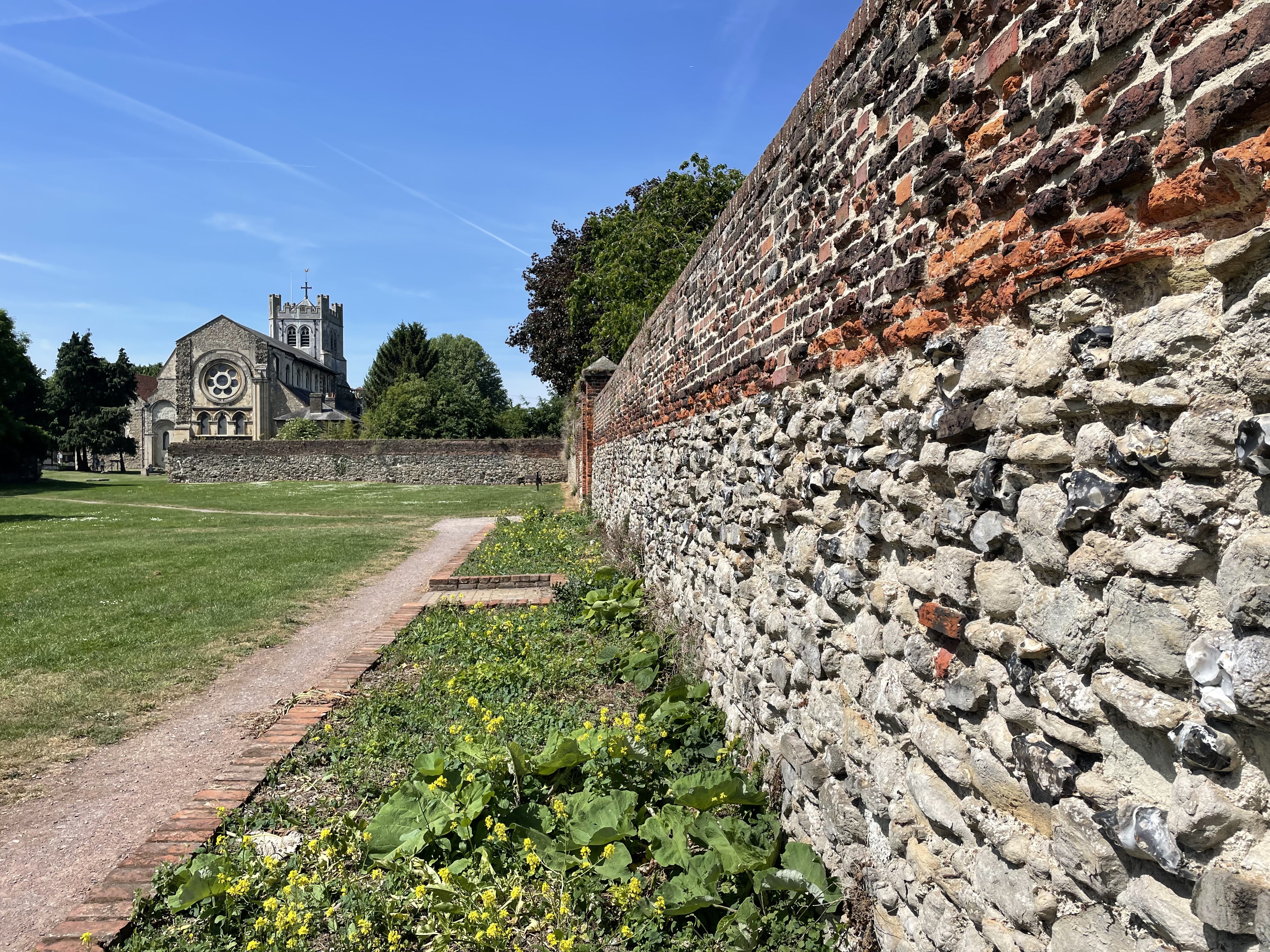
I’m at Waltham Abbey in Essex. I approach the Abbey from the east along surviving walls from the original monastic range. These are my type of walls. There’s no consistency, other than the consistency of renewal and assimilation. In some parts I can see evidence of former fireplaces and windows. It seems that some sections of the wall were once part of a larger building.
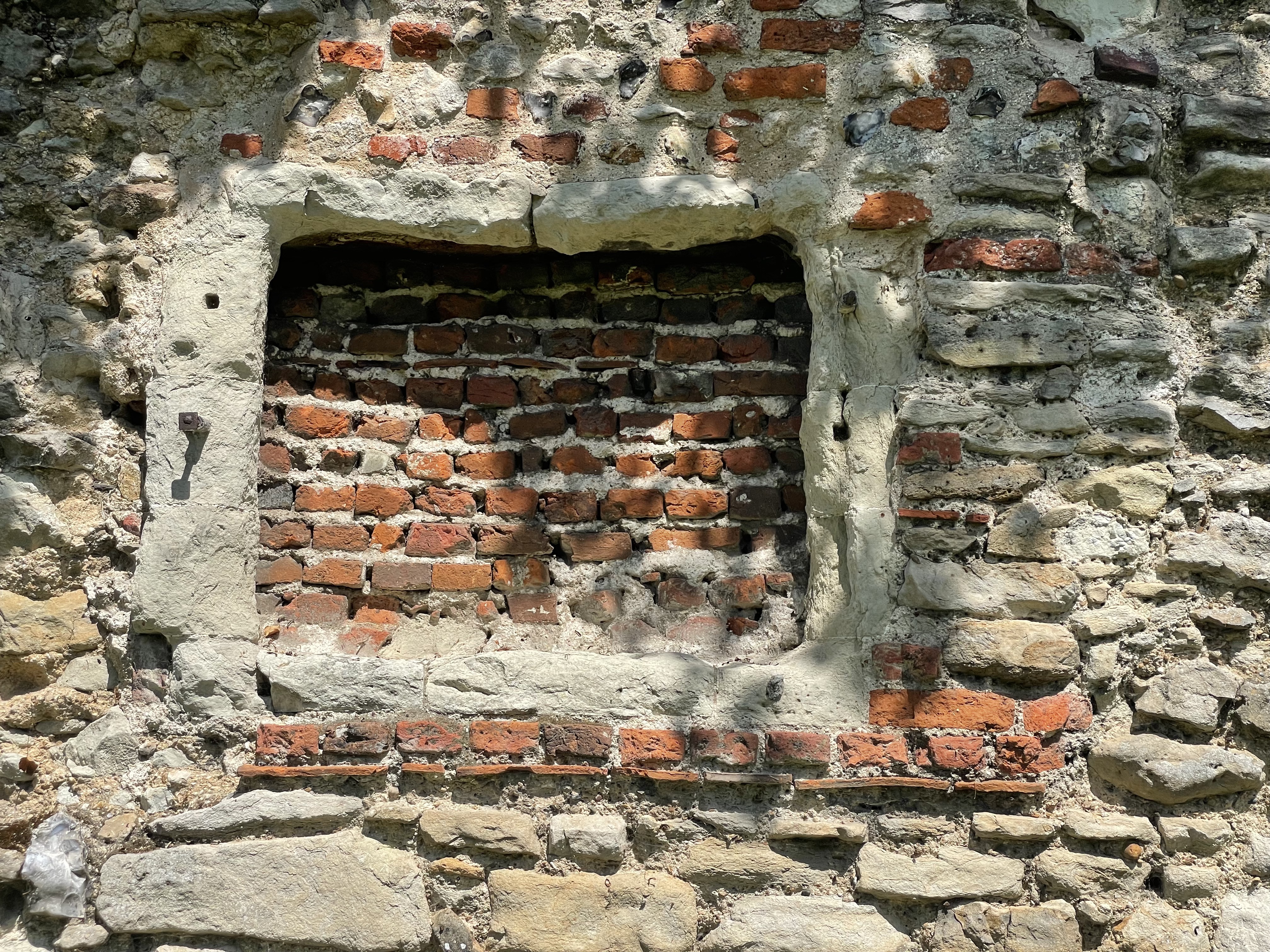
The raking light points out the details: sparkling gobs of ironstone, brick purple-pink impurities, spiralling Fibonacci fossils, flint as black as a rook’s eye. As I walk along the wall towards the former abbey church I spot odd circular pieces of stone. They’re out of character with the horizontal beds, presenting themselves like stops in a brick-bonded morse code. They’re up-ended Purbeck columns from the demolished cloisters. They’ve been demoted from glistening, pencil thin, decorative uprights into structural bone and gristle. These walls speak. Echoes ring out from this standing material hoard. They tell the story of the shock and chaos of the Dissolution.
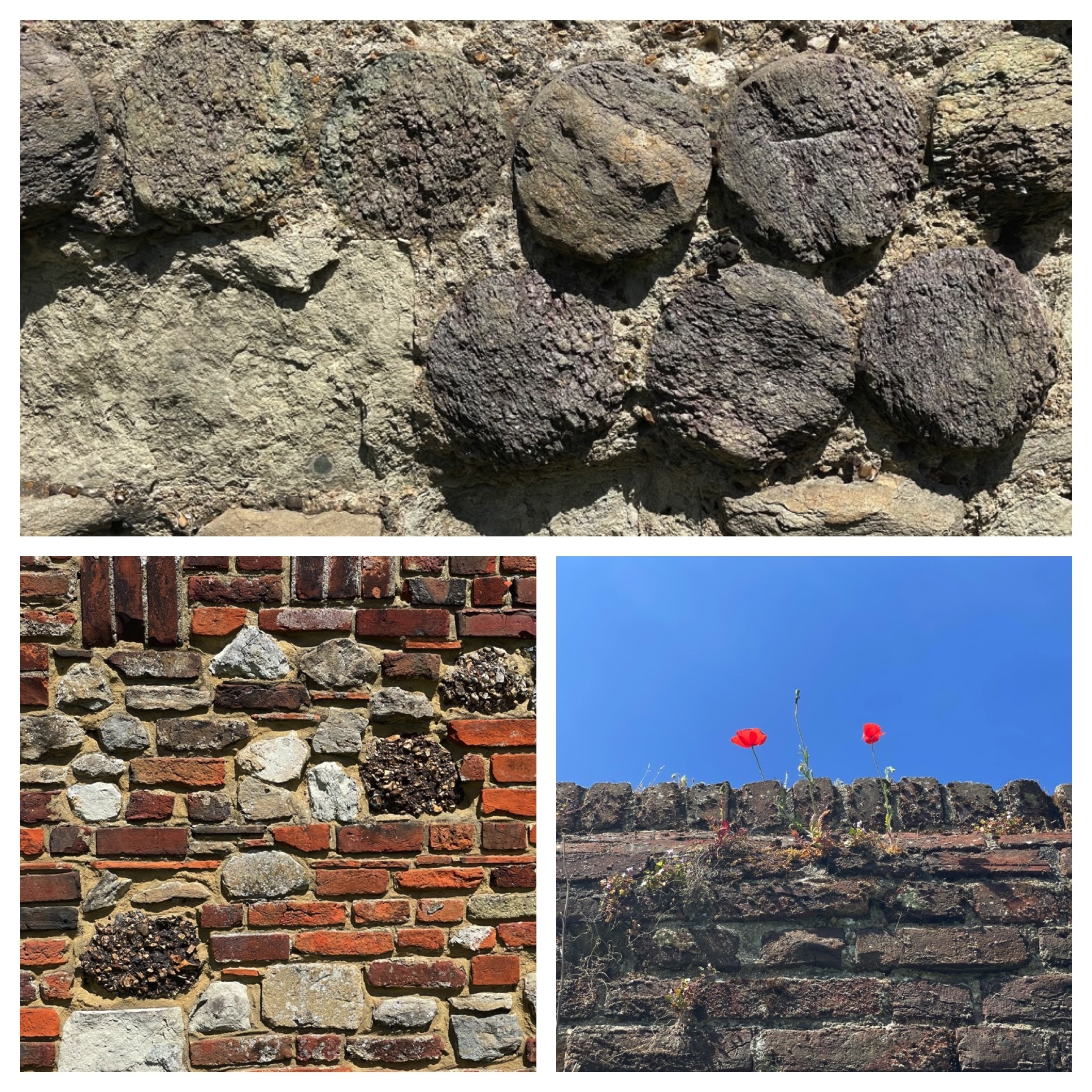
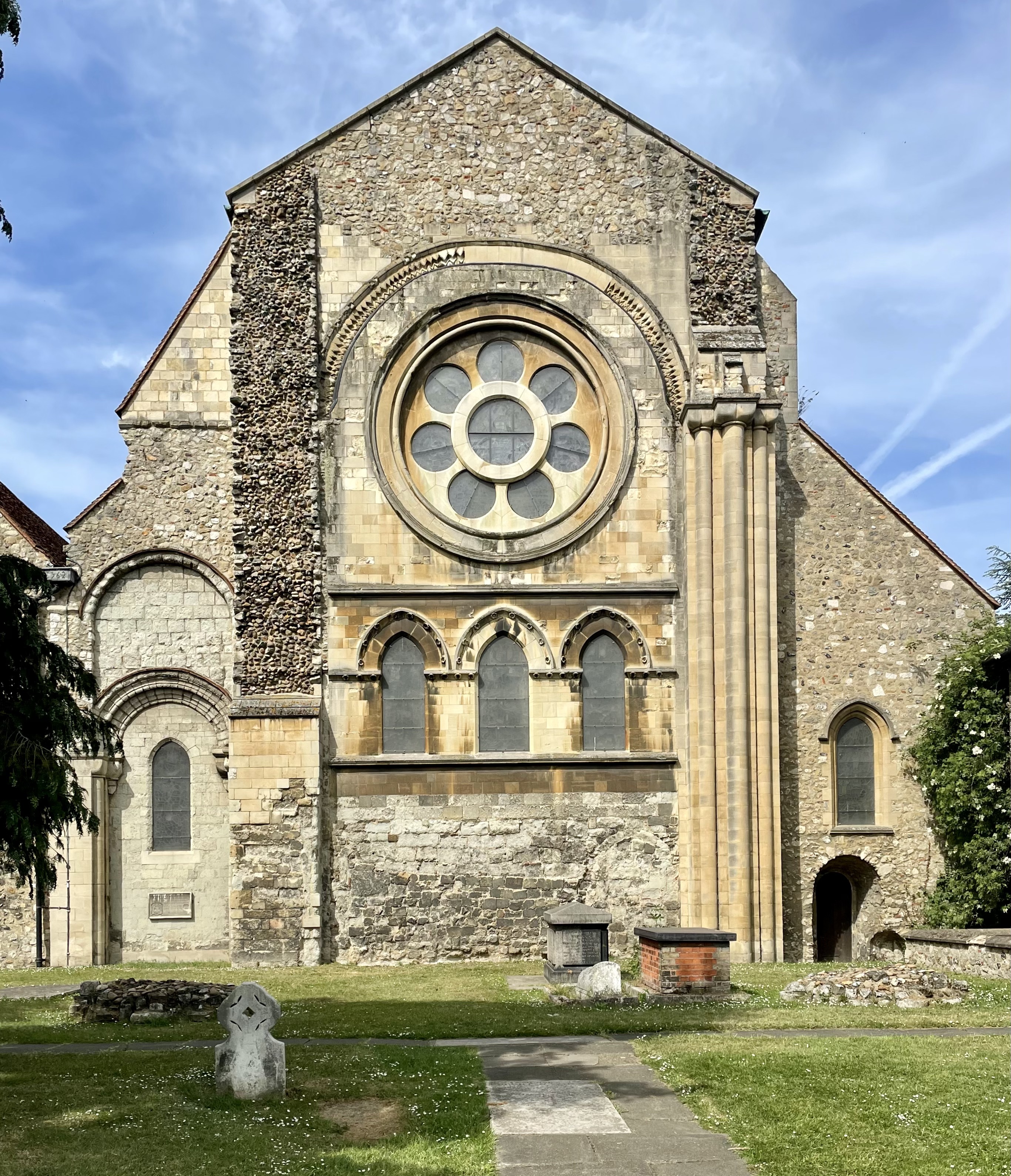
Beyond the boundary wall I spy the east end of the church. It’s full of infill including Saxon herringbone work, Norman rubble-stone and Victorian ashlar. The walls to the north and south have been cauterised - rubble spills out from the building like stuffing from a worn teddy bear.
Just beyond the east end are two mounds of stone - ghost columns. They tell of a dramatic shrinking of purpose. I turn away from the church, look east and line my eyes up with the ghost columns. They lead to a slab. The slab marks the site of the former altar to the abbey. Beneath the slab is said to lie King Harold Godwinson, the last Anglo-Saxon King of England.
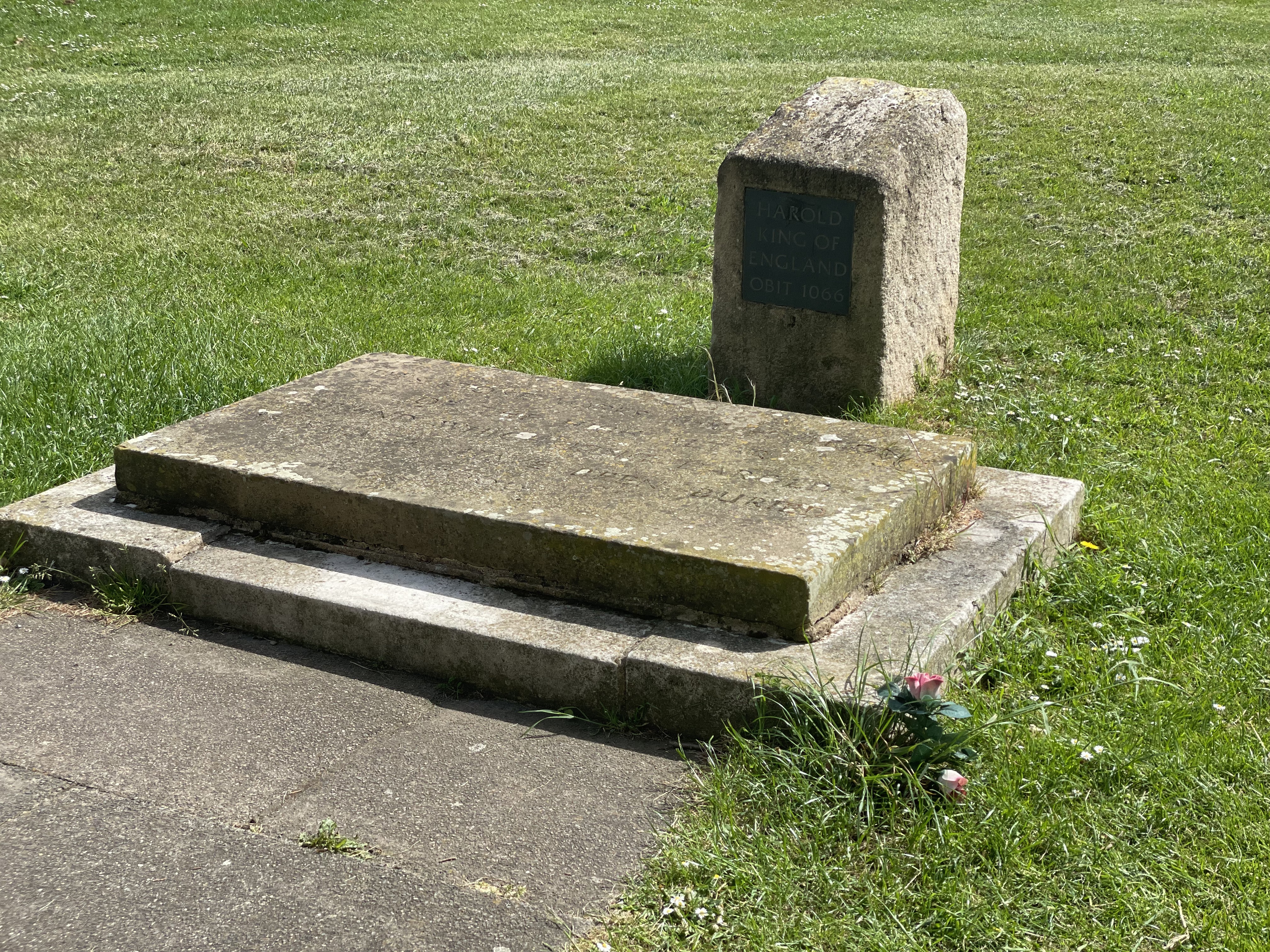
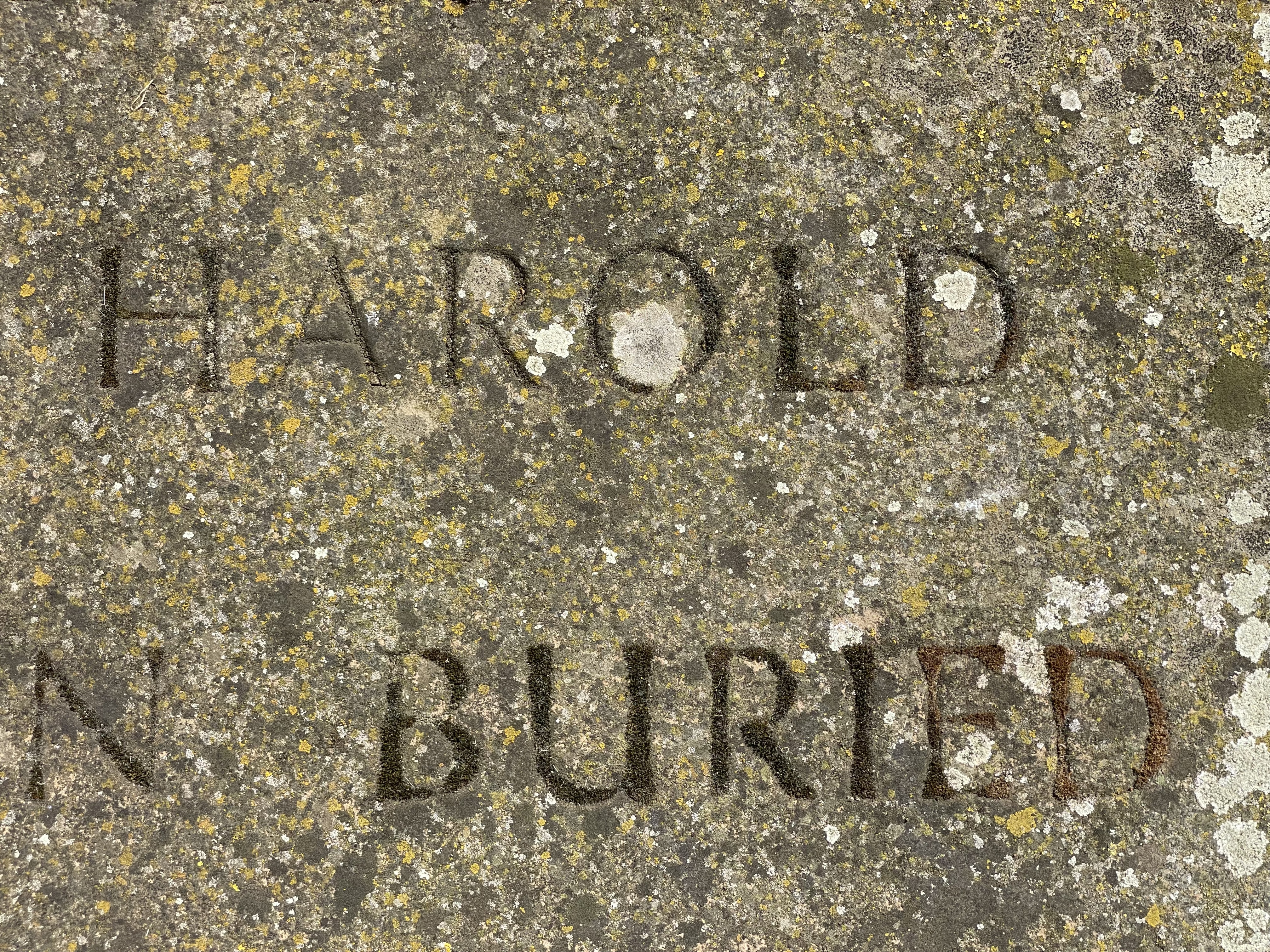
Read next entry:
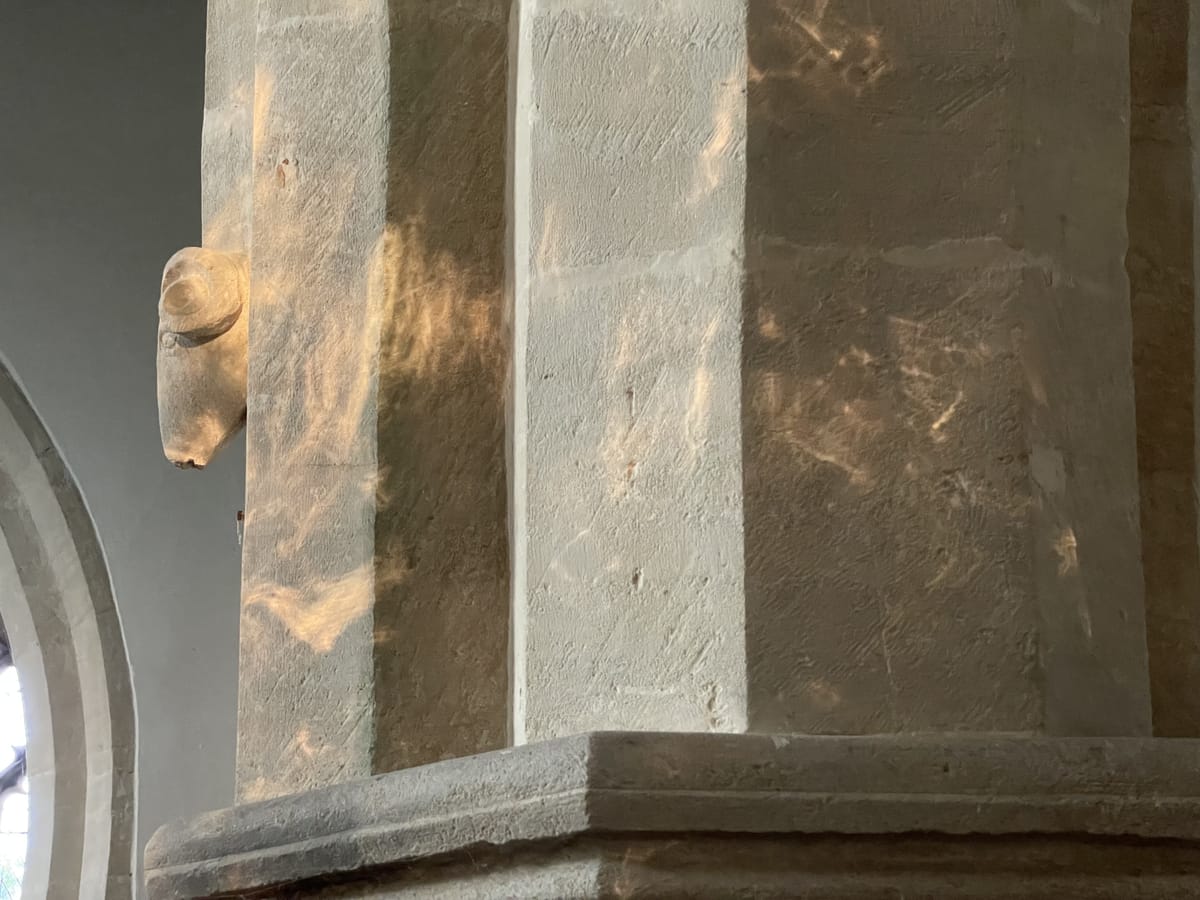
More about this Digest:
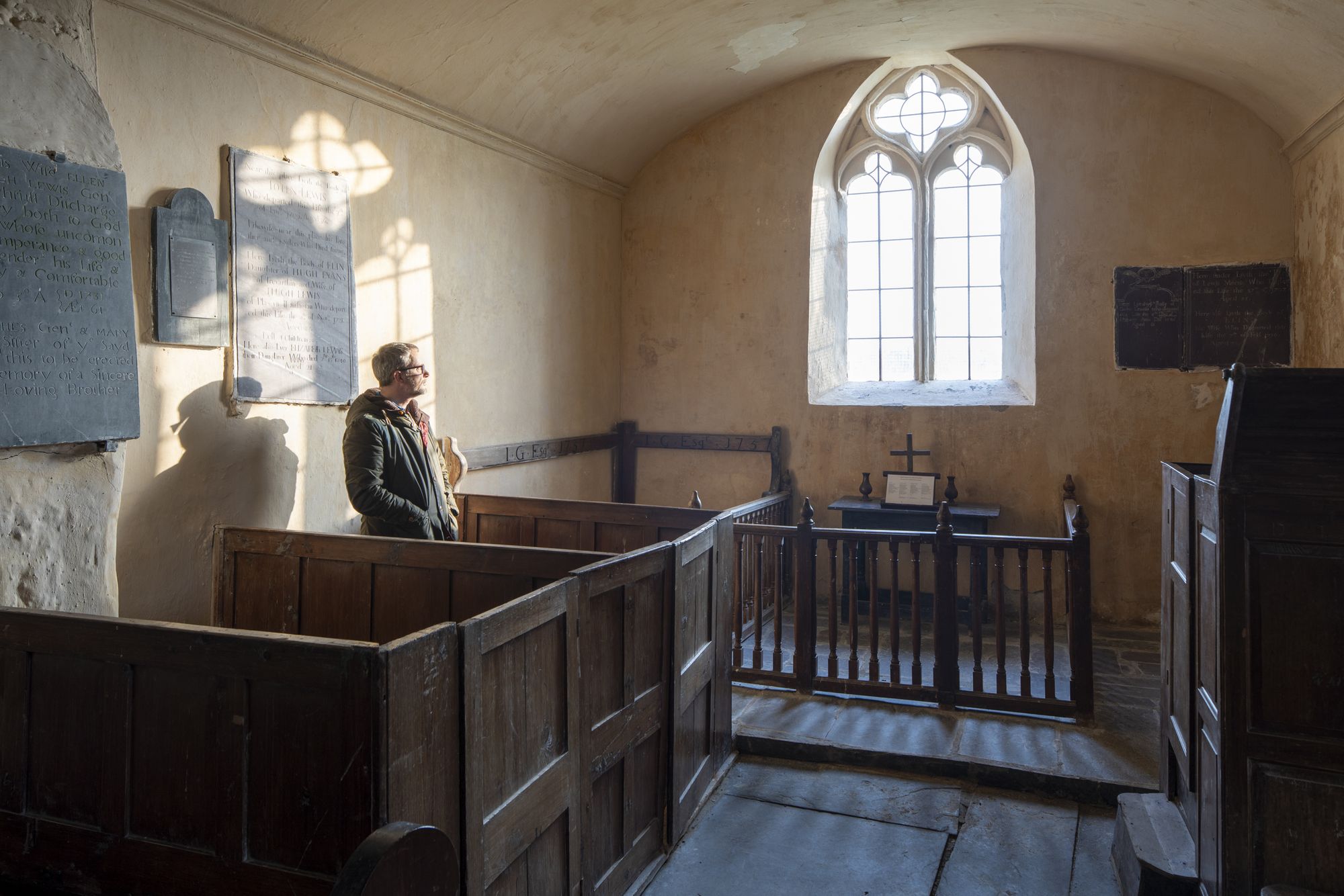

Can you help support me on my journey by becoming a Member?
Help keep Woody on the road and support the Genius Loci Digest.
Explore th Benefits





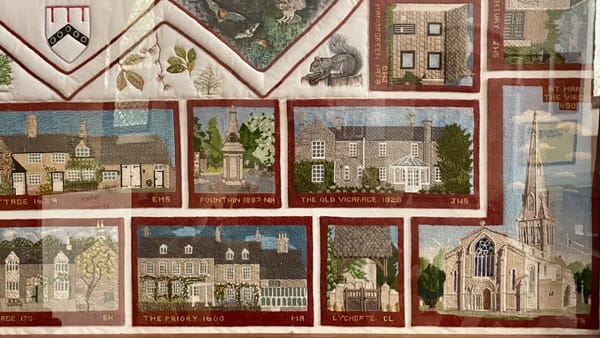

Member discussion